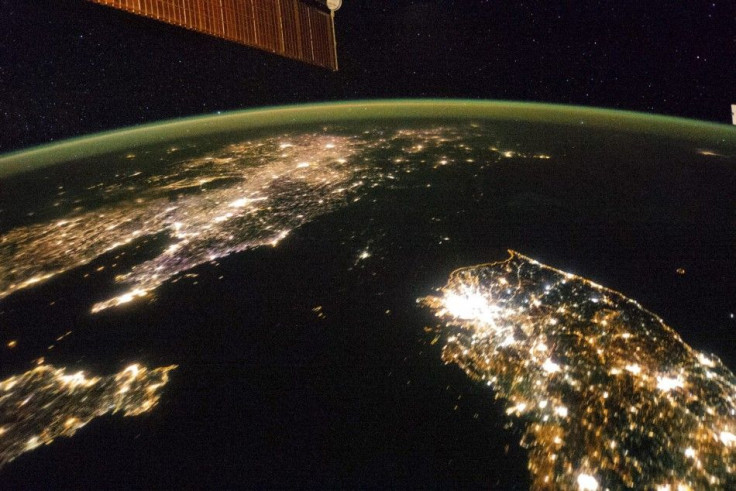International Space Station Launches Satellite On Its Own

The International Space Scientists usually launches CubeSat microsatellites, shaped like a shoe-box, from a cannon after being triggered by scientists. But on Sept 4, the ISS had launched two of the tiny CubeSats, weighing less than 1.33 kilogrammes, on its own with no help from humans.
The commander of ISS, Steve Swanson, noticed that the doors of the launcher was open when he was loading blood samples into the freezer after which he alerted the mission control at the Johnson Space Centre in Houston, reported Gizmodo. The mission control confirmed that two of the CubeSats had been launched accidentally.
NASA said that no one noticed the satellites being launched nor did any of the cameras catch the satellites deploying themselves. Pat Ryan, NASA's mission commentator, said that they had reviewed all the camera footage and no views of the CubeSats were seen. He added that the crew on board were attempting to repair the launcher which could have resulted in the error.
He continued that they were trying to troubleshoot the device which includes jiggling the robotic arm that holds the dispenser to open its doors.
The satellites help to get a picture of the whole Earth every day as well as perform missions like communicate with sea vessels and monitor earthquakes.
On Aug 23, a similar incident took place in which two other CubeSats were released without anyone triggering the deploying mechanism, showed a National Aeronautic and Space Administration report.
Developed by San Francisco-based Planet Labs, the CubeSate are tiny devices which would help gather real-time imagery of the Earth. NASA plans to launch 100 of these 10 satellites and make it available on the Internet.
Flock 1, the first batch of CubeSats with 32 tiny satellites, was delivered to ISS in July to be launched in an orderly fashion over a course of few months. But with the satellites launching themselves, the plan seems to have gone haywire.
Discovery News said that the ISS team is having thoughts of launching the CubeSats way before its schedule. The other option is for them to get the deployer back inside the station.




















